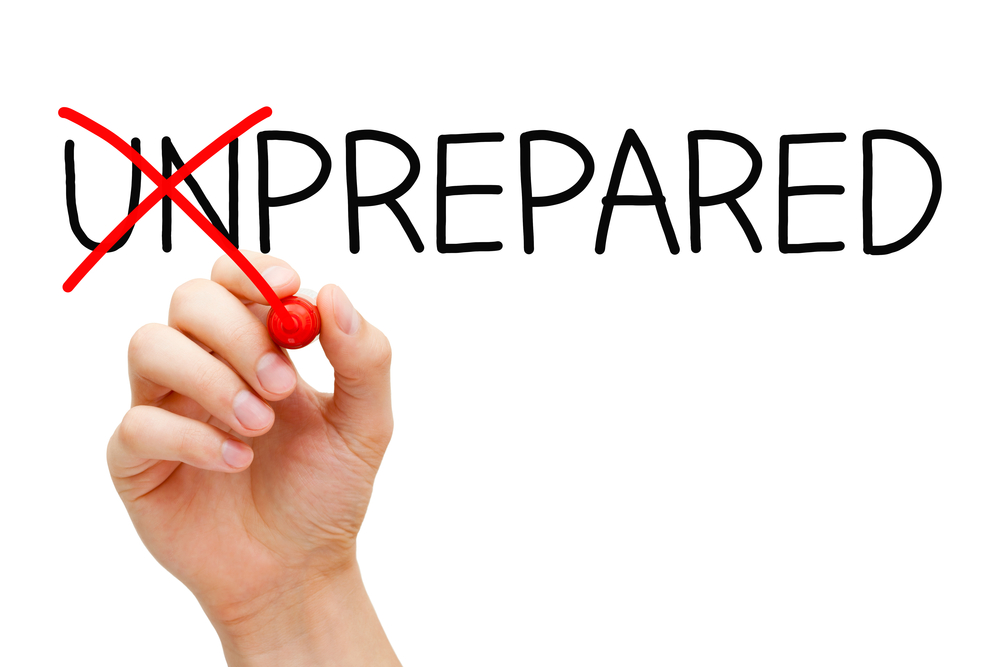Tips on Crafting ‘Dark Sites’ to Help Speed Crisis Response

For many crises — accidents, data breaches, even litigation — a best practice is to launch a website or web page dedicated to that particular matter. Especially for fast-moving situations, it’s a smart idea to have a basic “dark site” prepared and ready to go before the crisis hits. The web presence — and by extension, the company — becomes the go-to source for information on the crisis. Here are some tips.
Though it’s called a dark site, it’s often a page or section of an existing website. It is “dark” because it’s prepared ahead of time with the bare bones of information that might ultimately be made public; until then it sits on the company’s server (or cloud space) and is invisible to outsiders. When the crisis hits, the site or page can be quickly filled in and made live.
We recently wrote about KFC’s chicken-shortage crisis; the company launched a dedicated site that mostly updated customers about which restaurants were open. In a more famous crisis, BP set up an informational website for the Deepwater Horizon accident.
A crisis requiring such a ready-to-go site would be one whose response calls for more than simply issuing a few statements. Examples of such scenarios are a particularly large fire or a big lawsuit. You might have different sections of the site for press statements, legal documents, background information, and the like.
One factor that may be involved with deciding whether to launch a web page or site is whether there are safety issues that the public needs to know about; the web presence can be that resource.
Technically the site can be a separate site with its own URL or a page, or pages linked to the company’s homepage. Branding should be minimal and the site should be clean and simple so visitors can focus on the content.
In terms of tactics, elements of the site that can be gathered ahead of time include the company logo, a company backgrounder, social-media links, and media contacts.
When the crisis hits, you can populate the barebones site with the documents you think are best suited to the situation, such as:
- Statements
- Press releases
- FAQs or Q&A on the crisis,
- Contact information for various stakeholders
- Any other relevant documents
Once the site is public, or live, it can be updated as needed.
Speed is one of the most important elements of crisis communications. Preparing a web presence ahead of time helps ensure that your response will be timely.
Photo Credit: Shutterstock
This is an abridged version of an article that appeared today on the CrisisResponsePro paid subscription portal. (CrisisResponsePro subscribers can access the full version by clicking here. ID and password are required.) To take advantage of all of the content, data, and collaborative resources CrisisResponsePro has to offer, contact us at info@crisisresponsepro.com.




 Back to Blog
Back to Blog